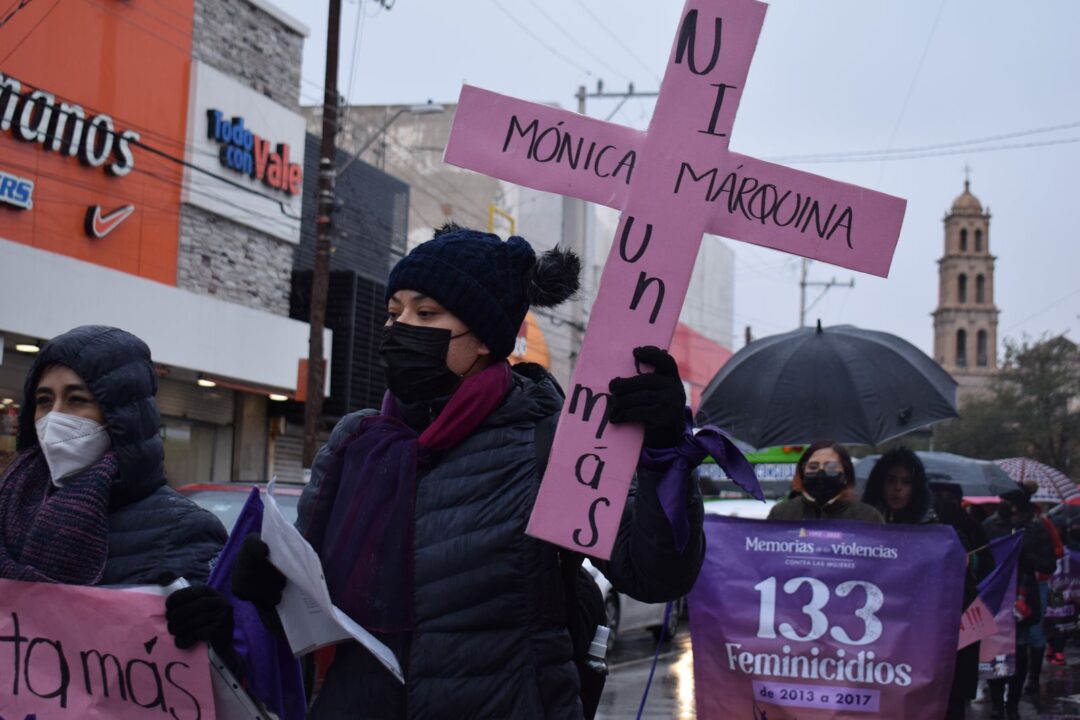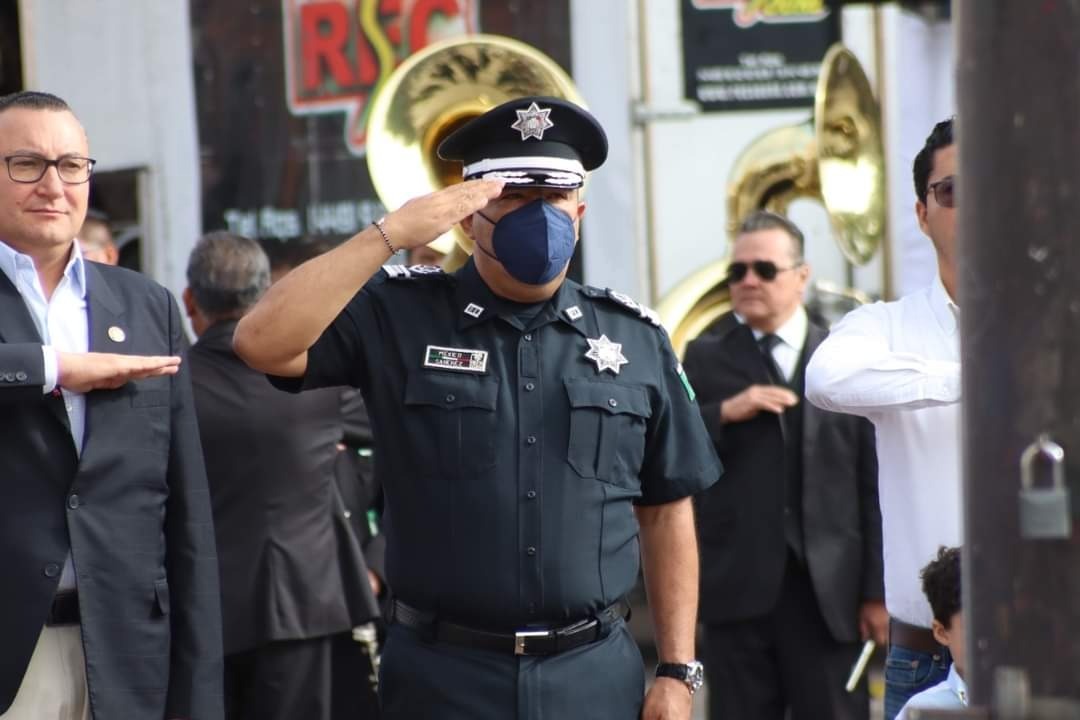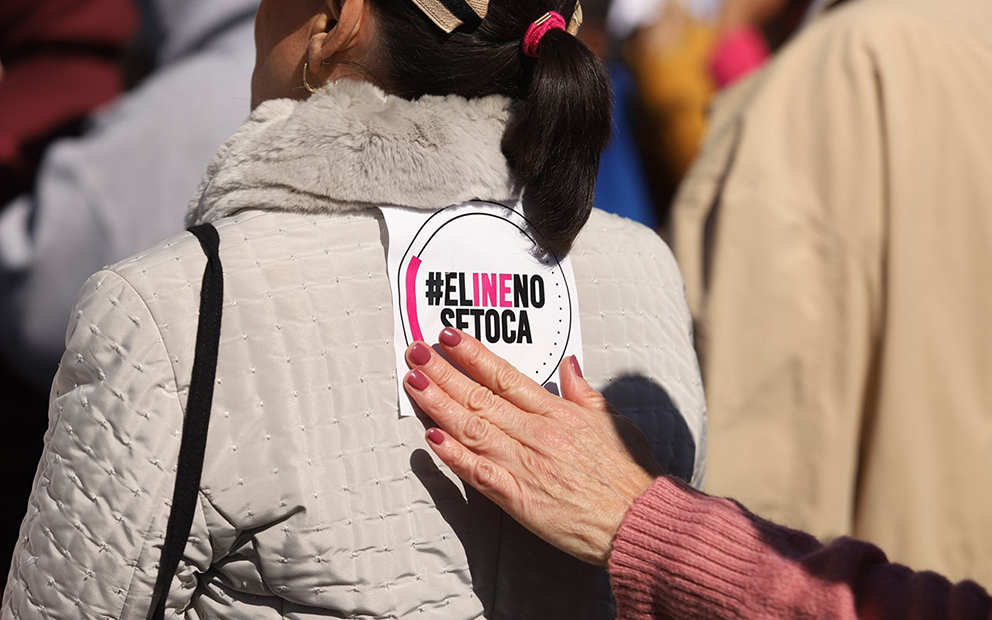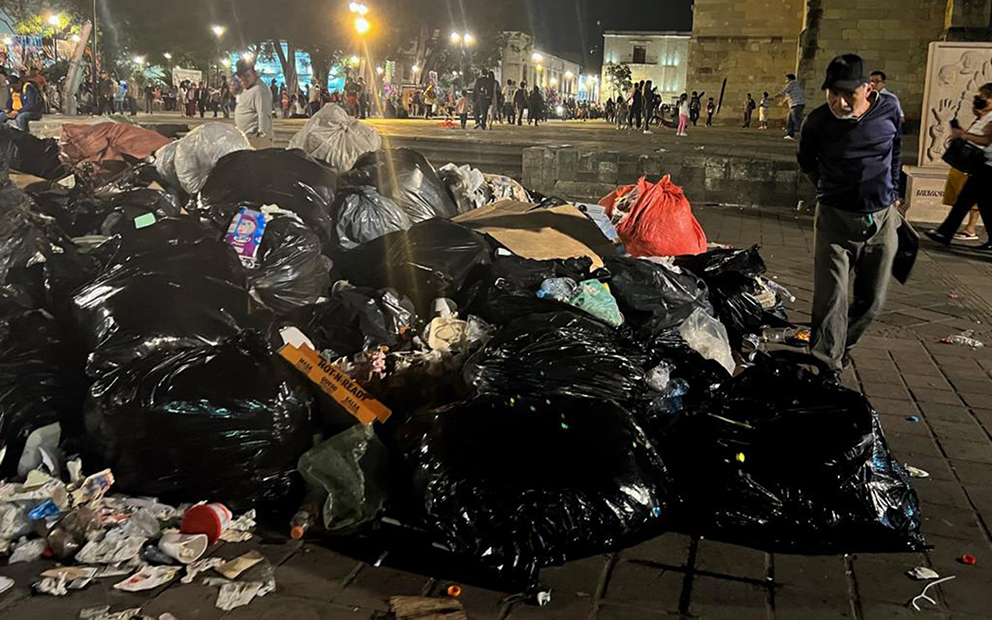Researchers reveal substantial undercount of queer and trans people disappeared in Mexico
23 septiembre, 2022

Mexico’s Support Center for Trans Identities has found authorities undercount cases, conceal information about the sexual orientation or gender identity of victims of disappearance, create delays and obstacles to the process of filing a formal report, discriminate against partners and family members and fail to follow investigation protocols in the search for LGBTTTIQ+ people disappeared in México.
Text by Dalia Souza, originally published September 15, 2022 by Zona Docs.
Photo by Christian Cantero.
Translation by Pie de Página in English.
Five years since it began documenting disappearances of members of the LGBTTTIQ+ community, the Support Center for Trans Identities published a report contrasting their findings with those of the National Registry of Disappeared and Missing People (RNDPNO).
Among the work carried out by the Support Center is “documentation and investigation into the human rights, justice, health, and security of the trans population,” with the objective of gathering enough evidence to be able to advocate for and make visible the realities they face.
The Support Center began documenting LGBTTTIQ+ people who had been disappeared in 2017. Then, the organization wrote, disappearances in the community were “part of a wave of violence the country has been experiencing since 2007. The organization has noted that over the past four years, it has observed an increase in disappearance in the LGBTTTIQ+ community.
“This doesn’t mean that there weren’t cases of disappearances of LGBT people before then,” according to the organization. “There is a historical gap in the information about the disappearance of trans women sex workers in different periods of the recent history of the country.”
“The population isn’t excluded from disappearance in the context of violence nationally,” according to the report. The Support Center questions the registry, as it has identified a sustained growth in disappearances in the queer community: “in 12 years we’ve gone from one documented case to 32 in 12 years.”
The “massive undercount” is made apparent in the contradictions that emerge from the data published by the RNDPNO. While the national registry counts 37 people from the LGBTTTIQ+ community as disappeared over 58 years (1964-2022), the Support Center detected at least 124 cases over the last decade. Of those, 69 are still disappeared, and 55 have been located (33 alive, and 22 deceased).
This raises questions about the possibility of concealment of official information about such reports in the specialized prosecutors offices, and in the search commissions. Or, it could be that the staff of these government offices don’t have enough training to file these types of reports.
Data shows discriminatory treatment
In its analysis, the states of Jalisco, Veracruz, México City, Baja California, Mexico State, Sinaloa, Guanajuato and Chihuahua present the highest number of disappearances of people who are LGBTTTIQ+. In 24 of 32 states, according to the organization, there are case files for disappearances. “That doesn’t mean in the other eight states there are no cases, rather, that our sources have not done enough to document them.”
In addition, the Support Center found trans women are the most victimized by this crime, representing 66.13 percent of cases, followed by gay males, at 17.74 percent, lesbians, at 12.1 percent and trans men, at 4.03 percent. Jalisco, Veracruz, Baja California, Sinaloa and México City are the states with the highest number of reports of disappearances of trans women.
“That means that two of three people disappeared [who are from the LGBTTTIQ+ community] are trans women,” according to the organization.
The Support Center for Trans Identities set out to compare the statistics in the national registry so as to compare cases involving the general public to those involving members of the LGBTTTIQ+ community. They found the following:
- Fifteen percent more LGBTTTIQ+ people remain disappeared, as compared with the general population.
- Fifteen percent less LGBTTTIQ+ are found —dead or alive— in comparison with the general population.
- More LGBTTTIQ+ people are found deceased as compared to the general population.
- The number of LGBTTTIQ+ found deceased is four times higher than the general population.
- The general population found alive is twice as high as that of the LGBTTTIQ+ people found alive.
The Support Center’s data shows 52.17 percent of people disappeared and located dead are trans women, 43.47 percent are gay males, and 4.34 percent are lesbians. This has led the organization to question possible differences in how special investigative units carry out searches when the victim of disappearance is LGBTTTIQ+. It’s possible, they say, that not all cases are investigated in the same way, or that “the investigations are carried out differently.”
The activists point to the General Law of Enforced Disappearance and of Disappearance Committed by Individuals, and to the National Search System for Disappeared People, and their branches in each state, establish norms which regulate how the authorities must proceed with investigations, searches, and localization of disappeared and missing people.
These include criteria such as: the effectiveness and exhaustiveness of the search; due diligence; a differentiated and specialized approach; a humanitarian approach; that the investigations be carried out without charge; equally, and without discrimination; the prioritization of children; the protection of victims; the no revictimization; a gender sensitive perspective; the assumption that the disappeared person is alive; and shared participation. The last criteria is that which has been most difficult for LGBTTTIQ+ organizations and family members to access.
Key cases illustrate systemic issue
The Support Center gave examples of cases of disappeared members of the LGBTTTIQ+ community in which government authorities (through various state offices) ignored, delayed, revictimized and even obstructed family participation in searches and localization processes. The cases they shared were compiled from media reports.
-On November 9, 2013, Dulce, a 19 year old trans woman, was disappeared together with her friend Karla in the municipality of Jojutla, Morelos. Karla was found buried in a field, in the same area Dulce’s mother found her daughter’s belongings and requested that authorities carry out excavations and investigations to locate her body. Her requests were ignored.
-On February 18, 2017, Mario Miranda, a gay 16-year-old, disappeared in Cancún, Quintana Roo. The authorities delayed the investigation, claiming that due to his sexual orientation, “he had left with his boyfriend and he’d be back soon.” The delay caused the loss of video footage from where Miranda was last seen. In addition, the Amber Alert, which is activated for youth disappearances, was not enacted.
-Kika Ramírez Villareal disappeared on June 17, 2018 in Mazatan, Chiapas. Human remains were later found, and the authorities said they would have to carry out studies to see if they were Kika’s. After two years, they told Kika’s family the remains belonged to someone else.
-J. Doe disappeared in México City in 2018, and was located a few days later. The media reported on how the disappearance took place, including details which should not have been made public.
-On November 2, 2018, Amairanyh Torres disappeared in Puerto Escondido, Oaxaca. Her friends said the police put her disappearance in question, and said they couldn’t do much because she had no cellphone and there were no cameras nearby.
-On August 17, 2020, Jordán Alexis Ramírez Meza was disappeared in Naucalpan, in México State. His partner went to make the report of his disappearance, but the authorities refused to take it based on discriminatory arguments. The report was finally made by Jordán’s mother, which delayed the investigation. Ramírez Meza was found dead in November of the same year.
-On May 15, 2022, J. Doe was disappeared in Monclova, Coahuila. After one month, her mother said the authorities were not searching for them due to their sexual orientation. After six weeks, she was found in a jail in Nuevo León, showing a lack of communication between different branches of different states.
-The cases of two trans youth, 20-year-old Kenia Duarte Pérez and her friend Karla Garcia Duarte, who was 22, in Jalisco state, in which they left their homes in Mesa Colorada Oriente in the municipality of Zapopan to attend a party. Two years have passed and they have not returned home. The UN Committee on Enforced Disappearance used an Urgent Action to call on the Mexican government to localize them, Jalisco police have refused to investigate.
Official deficiencies impact LGBTTTIQ+ community
Through the examination of these cases, as well as building their own database, and comparing it with official data, the Support Center for Trans Identities found that when it comes to searching for members of the LGBTTTIQ+ community who have been victims of disappearance, the Mexican government:
- Undercounts cases
- Hides information regarding sexual orientation or gender identity
- Makes negative generalizations about trans people
- Slows or impedes the creation of reports
- Fails to comply with investigation protocols
- Discriminates during investigations
- Fails to consider family members and civil society organizations in the searches
Finally, the organization recognizes that disappearance of LGBTTTIQ+ people, as well as hate crimes, have become more visible due to the increased recognition of rights. Family members and loved ones are the ones who have made official complaints and gone to the media to demand their return.
“We must recognize the civil society groups that have mobilized around the country to demand their family members be found, and to demand justice and truth,” said the organization.
This article was written by ZONA DOCS, a member of the media alliance of the Red de Periodistas de a Pie. You can read the original here.
Click here to sign up for Pie de Página’s bi-weekly English newsletter.
Ayúdanos a sostener un periodismo ético y responsable, que sirva para construir mejores sociedades. Patrocina una historia y forma parte de nuestra comunidad.
Dona

















